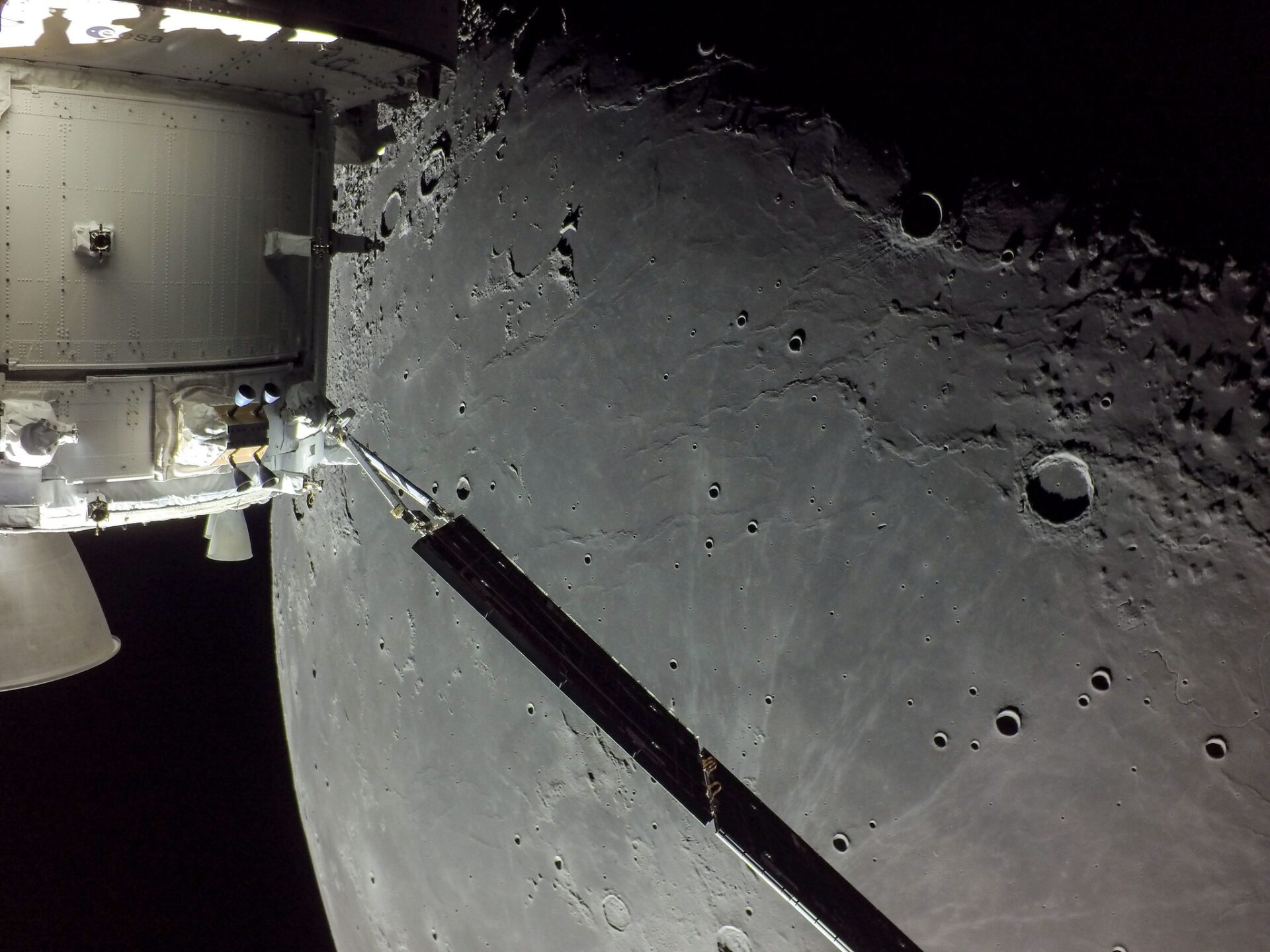The Moon looks pretty tiny from Earth. Of course, compared to our planet, it is really smaller. Trying to really estimate the size of the Moon is like an ordinary person trying to imagine what it would be like to have USD 200 billion. You can only understand this by getting as close as possible.

Simple images are unlikely to ever capture the really huge size of the Moon. However, a new video from the Orion spacecraft of the Artemis I mission, using its 24 onboard cameras to record its historic flyby of the Moon, can bring you as close as possible to our moon so that you can comprehend its greatness.
Video from @NASA_Orion on #Artemis1 flight day 20, Dec. 5, 2022, during its return powered flyby of the Moon. The rayed crater seen on the left beyond the solar array is Kepler. pic.twitter.com/8tBGhY2Tyr
— Jason Major (@JPMajor) December 6, 2022
The video was filmed right before the Orion spacecraft started the engine in orbit to return home. During the orbital maneuver, the spacecraft records a video in which it appears small against the background of our cratered natural moon – this juxtaposition vividly emphasizes the incredible scale of the Moon.
Historical lunar glory
The year 2022 was really outstanding for space exploration. This year, the James Webb Space Telescope (JWST) began its scientific work, which gave a special impression to the most remote corners of our universe. The long-awaited flight of the Artemis mission on the most powerful NASA SLS rocket. The mesmerizing images of the Moon taken by the Artemis mission will also go down in history as the highest quality images of our closest neighbor Earth in full beauty. Although such historical achievements this year are overshadowed by the war that Russia has unleashed against Ukraine.
While you are watching this video, Orion is rapidly approaching the Earth and on December 11 is gently driven into the Pacific Ocean. The next flight should take place in 2024 with real astronauts who should fly past the Moon and see it from the nearest distance. The photos that will be taken by them should be even more impressive.
We also report on how secrets are hidden inside Orion – try to find them all.
Follow us on Twitter to get the most interesting space news in time
https://twitter.com/ust_magazine

